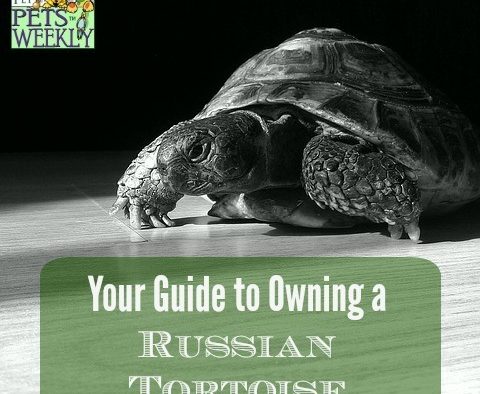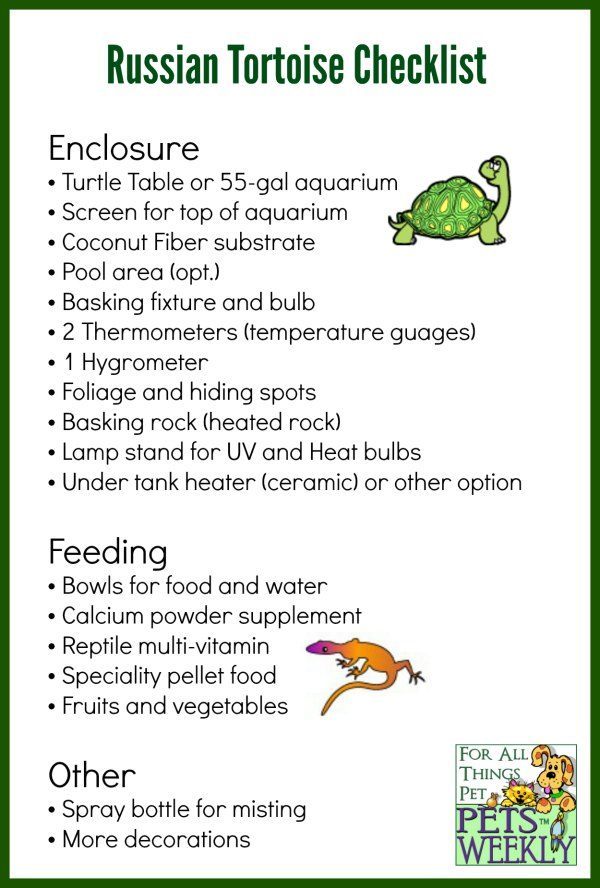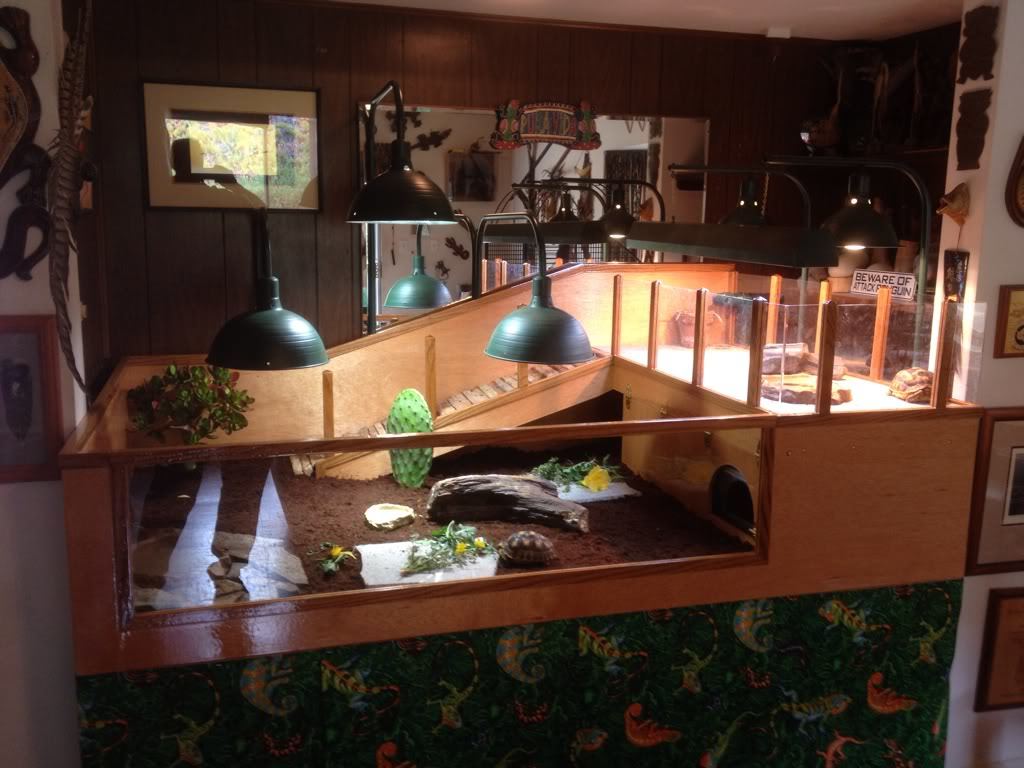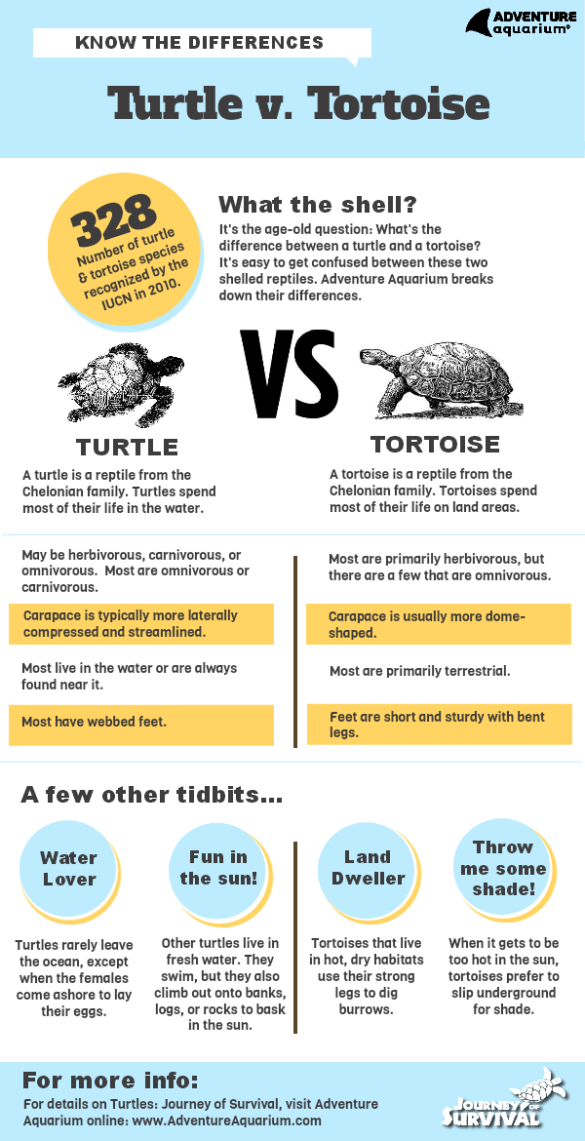Your Guide to Russian Box Tortoises
Share

Several years ago, I had a Russian Box Tortoise named Augustine (“Aug,” for short).
Many of you will remember our years with this little guy. We sort of inherited Aug from my dad, who had received him as a gift but didn’t have time to devote to him. Turtles and tortoises are just like any other pet and they require a lot of attention and care.
If you’re thinking about getting a Russian Box Tortoise (Testudo [Agrionemys] horsfieldii), I highly recommend it. Augustine was a wonderful pet for over 20 years.
But, a word of caution – tortoises aren’t for everyone. Before you commit to adopting a tortoise, it’s important to know what you’re getting into…
Russian Box Tortoises are loads of fun! They’re quiet, they don’t smell (if you keep their areas clean) and they each have very entertaining personalities.
- Average Adult Size: 6 to 8 inches long
- Average Life Span: 50+ years with proper care
- Diet: herbivore
- Scientific Name: testudo horsfieldi
Caring For Your Russian Box Tortoise
Lifespan
The first thing to know about Russian Box Tortoises is that they are very long-term commitments. These clever reptiles can live up to 50 years, although they average 40 years. If you’re thinking of getting a tortoise, you’ll need to plan on how you can provide for him or her for quite a long time. You’ll also need to consider who will inherit your herp if anything happens to you and put it in writing (learn more about this process here).
[note style=”5″ icon=”yes” class=”template-style”]This post is sponsored by petMD Reptile Center, and the BlogPaws Professional Pet Blogger Network. I am being compensated for helping spread the word about Reptile Ownership, but PetsWeekly only shares information we feel is relevant to our readers. petMD and PetSmart are not responsible for the content of this article[/note]
Food and Water
If you love reptiles but are a bit weirded out by feeding animals that prefer live prey, you’re in luck – the Russian tortoise prefers a high-fiber diet that is mostly vegetarian.
That’s not to say your tortoise won’t enjoy other types of treats – variety is important when feeding your tortoise. One of their favorite pastimes is chowing down on food. There are many ways to select food for your tortoise, including pre-made cups that you can mix up during the week.
Tortoises require a balanced diet of:
- Fresh Vegetables: Choose from fresh zucchini, broccoli, shredded carrots, squash, cauliflower or other greens
- Leafy Greens: Choose from dark, leafy greens (like kale, dandelions, collared greens, turnip greens, escarole)
- Commercially-prepared Pellets: The pellet food should be offered once per day. But, your tortoise’s diet should be about 90% fresh vegetables
- Fresh Fruits (in moderation): While your Russian Tortoise may enjoy fruit, it should not be a regular menu item. A small piece of strawberry, banana, or melon is fine to disguise medicine or once a month as a special treat. The flowers and leaves of fruit, like strawberries, count as greens.
Augustine’s favorite meal was grazing on dandelions in his outdoor enclosure and his once monthly watermelon treat. He loved Kale, Romaine lettuce and spring mixes. Your tortoise might prefer something different.
Be sure not to overfeed – Tortoises love to eat, so you need to make sure they are not overeating. You should only give them what you think they will consume during a four-hour period.
Water
Your tortoise will need two sources of water: one to “play in” and a clean water dish one that is “always available”. Tortoises love to play and soak in water. Learn more about providing a safe basking area in the “housing” section below.
You may find that you have to clean their water daily and should also consider adding a water filter. Tortoises can be messy and they love to play in the water.
Calcium Supplements
To help your tortoise keep a healthy shell, fruits and vegetables should be dusted with a calcium supplement twice a week and given a specialized reptile multivitamin once a week. Tortoises require vitamin D3 to properly assimilate calcium for their shells.

Housing
Augustine came to us in a 10-gallon terrestrial aquarium. I can tell you right now, that’s nowhere near the room they need to live a happy life. Within a day, we decided to build our own custom enclosure, which also doubled as a coffee table (I’m going to write a post about we did this eventually, so check back).
You, however, will need to choose your best setup for your tortoise.
At minimum, your tortoise will need to have a 55-gallon aquarium (larger is better). They will also need some time outside in the sun in a fenced, covered enclosure. You’ll quickly discover that your tortoise is an incredibly fast digger, so make sure you install footings in your outdoor enclosure.
Whatever you decide for an indoor enclosure, remember that tortoises can be pretty messy, so make sure your setup is easy to clean. You’ll be doing spot cleans and water changes daily, and full substrate cleanings once every two weeks.
Your enclosure will need to be fully enclosed, including a screened in top. Tortoises are deceptively agile and can climb out if you don’t have a screen. Other options include huge designer “Tortoise Tables” which allows you to better control the heat and humidity.

Humidity
Russian Tortoises are a desert or semi-arid species. That means your Russian Tortoise will require access to a humidity level of about 50%. We preferred to let our tortoise soak in his pond to hydrate.
Every tortoise is different. For example, Greek Tortoises require humidity to be maintained at closer to 80%.
If you’re in a dry area (like we are), you can create some regular humidity by using peat moss (which holds moisture well) beneath and on top of part of the aquarium.
Temperature Control
Russian tortoises are quite adaptable to climate. You’ll want to make sure your aquarium is equipped with two thermometers (one on the cool side of the enclosure and one close to the basking spot) to monitor the temperature, and one hygrometer to monitor the humidity levels.
During the day, the optimal temperature is 75-85o F. (24-29o C). The Basking area should stay between 95-105o F (34-41o C)
Basking Area
The Russian Tortoise requires plenty of light. You’ll need to provide this artificially with a specialized (F) UVA/UVB (ultraviolet) bulb for at least 12 hours per day. We accomplished this with a reflector dome.
These little guys love to bask in the warmth and will spend most of the day doing so. We provided a specialty heated rock for Augustine, which was his favorite place to sleep during the evening.
Water Source
This is not always required, but we provided a large area for Augustine to swim and it was his most favored place. In our case, we used a long paint-roller bin that was fitted in the base of his enclosure so he could climb in and out without problems.
This setup provided traction, was large enough for him to be mostly submerged, and with the addition of gravel – allowed him to easily climb out. This is not always required, so be sure to check with your Petsmart associate when you evaluate if a tortoise is for you.
Sleeping Habits
Tortoises are diurnal, meaning they are most active during the day. For nighttime viewing, you can select a night-specific bulb that is specially designed to minimize disturbing your pet.
Substrate and Decor
This is actually the most fun part of the cage design. You can choose from a variety of substrates for your tortoise, but a 2-3″ layer of coconut fiber or bark bedding will help retain humidity.
For Greek Tortoises that like a slightly drier environment, a 2-3″ mixture of calcium sand and soil or bark works well. You’ll want to add plenty of plants (talk to your associate at Petsmart to determine the best plants). You will also need plenty of hiding places.
 Health and Warning Signs
Health and Warning Signs
There are some things to watch for when you have a tortoise, and if you see these things you’ll want to make sure you have a veterinarian who can handle reptiles.
- Runny droppings for more than two days
- Eating or drinking less; weight loss
- Swollen joints
- Discharge from the eyes, nose or mouth
- Shell problems; discolored shells
- More time spent hiding in their shell
Just like all animals, Russian Tortoises need room to move around and the proper food and supplements; they need water changes and extra sunlight and most important, they need someone to love.
Suffice it to say, it’s never wise to give someone a pet as a gift – it’s much better to get them a gift card and allow them to decide what they are best equipped to handle.
And for those of you who have been asking, here’s a great guide from Adventure Aquarium on how to tell the difference between a turtle and a tortoise!















